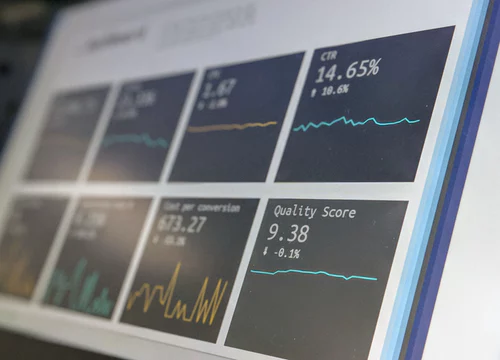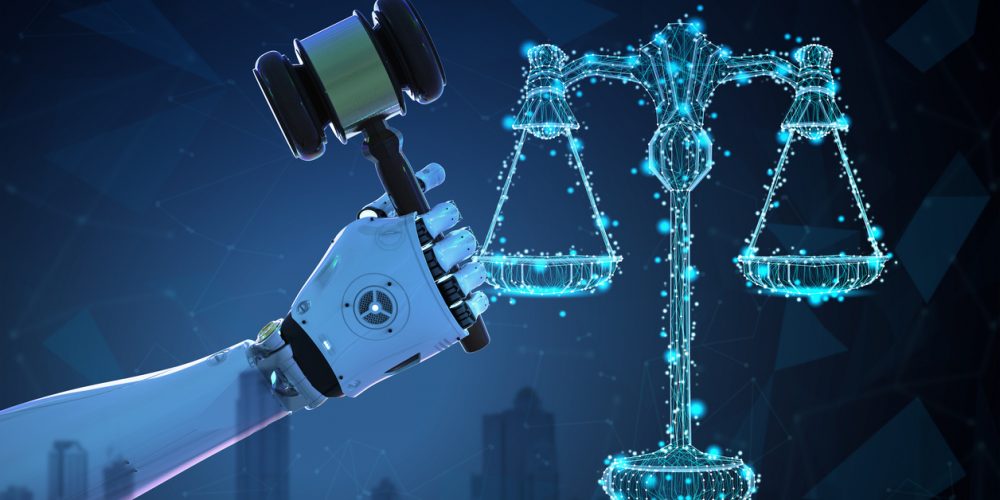
How AI fail in analyzing data across multiple health systems
The reporter recently learned from the National Health and Family Planning Commission that in order to ensure the legitimate rights and interests of both doctors and patients, the new electronic medical record will be implemented on April 1. This indicates that world has taken another step in the integration of medical information.
However, the book “Digital Medical” published recently has talked about some of the obstacles that people encountered in the past on medical informationization. The author of the book is known as the “father of hospital doctors”, Robert Wacht, dean of the University of California, San Francisco School of Medicine, in which he exposed a number of medical incidents: one at the University of California, San Francisco Medical Center Benito A rare genetic disease juvenile patient who was treated at the Children’s Hospital, he should take 1 antibiotic according to the doctor’s advice, but the nurse asked him to eat 38.5! Part of the reason for this outrageous error is that the information system is involved in the medical process: the measurement unit in the system is inconsistent with the doctor’s familiarity, the robotic drug collection system is not questioned, and the system warning is ignored because of too many false alarms.
Digital medicine, a small mistake in a unit of measurement, can be life-threatening. When the proportion of informationization in the whole world is getting bigger and bigger, and everyone’s life can even be divided into “physical dimension” and “binary dimension”, the informationization of medical care is progressing slowly. Although various robots are running between the pharmacy and the ward, although the diagnostic error rate of the AI diagnostic tool is greatly reduced, the intuitive feeling of the patient is not in the fields of finance, communication, etc. Do not hesitate to put “five stars”.
Despite the difficult pace, medical care is the most influential area of informationization. What are the difficulties in the process of medical informationization? How to crack? How to get the most convenience for the people quickly and safely? Zheng Jie, president of Shulan Medical Group and the translator of the book, said that “the marriage of medical and information technology is indeed a global issue, especially as a superpower, China and the United States have certain comparability”.
Standard non-uniform medical information big data is difficult to share
Before the medical information system, the Mayo Medical Center in the United States transmitted the patient’s paper medical records and X-ray film through a pneumatic pipe transmission system. More than 10,000 pneumatic pipes with a total length of 16 kilometers were on the ground, and the patient’s information was transmitted. Come and change. Until 2004, the United States clearly stated that every American had an electronic health record within ten years.
The digitization process in World started a little later. According to the data, in the second half of 2009, the Ministry of Health began to implement the electronic file of health records. In the past six months, it issued the “Basic Framework and Data Standards for Electronic Medical Records (Draft for Comment)” and issued A number of documents and standards such as the Notice on the Construction of Technical Solutions for Regional Health Information Platforms Based on Health Archives (Trial).
If there is no health record, the doctor’s understanding of the patient will start from “zero” every time, and the accumulation of files allows the information to be connected into a continuous “health line”. In the process of data accumulation, China and the United States have encountered similar technical problems unique to medicine. “For example, low potassium levels in blood may be recorded as ‘low potassium’ ‘hypokalemia’ ‘low K ion’ ‘↓K’, etc.” Wacht wrote in the book that these various medical terms are in The electronicization must be unified, otherwise the seamless connection between medical systems cannot be achieved.
In a paper published in the “World Health Industry” in 2011, entitled “On the History of Electronic Medical Records and Electronic Health Archives”, the current data resources are limited to a certain department or a certain business system, and the construction standards are not uniform. It is difficult to exchange data and share information between various systems, resulting in a large number of “information islands.”
Over the years, with the upgrade of hardware and algorithms, information “islands” have gradually become adjacent, computers can not only recognize text information, but also identify image information. In the virtual world, “organized information and unstructured information” can be “processed” in the meantime. The era is like the “global integration” in reality. Information exchange is no longer a problem in technology. It is quickly applied at the grassroots level.
AI joins technology giants to put “big move”
“Watson is clear that it needs to interact with doctors and be part of their ecosystem.” IBM’s Director of Global Healthcare Reform told author Wacht. IBM’s Watson is one of the artificial intelligence (AI) that enters the medical industry. It has a large number of medical records and can even diagnose it. Although many media use Dr. Watson to report it, its creators actually think hard. To clarify this title.
In the future, we can simulate a series of clinical medical problems through ‘digital patients’ and make better clinical decisions by analyzing big data, but in the end, only real patients need us to pay attention to them.” Wacht Say. In contrast to China, it is also explored at the same stage. The presentation of the “holographic digital person” for comprehensive nutrition and health at the national level is also a manifestation of the consistency of the future direction of medical informationization.



